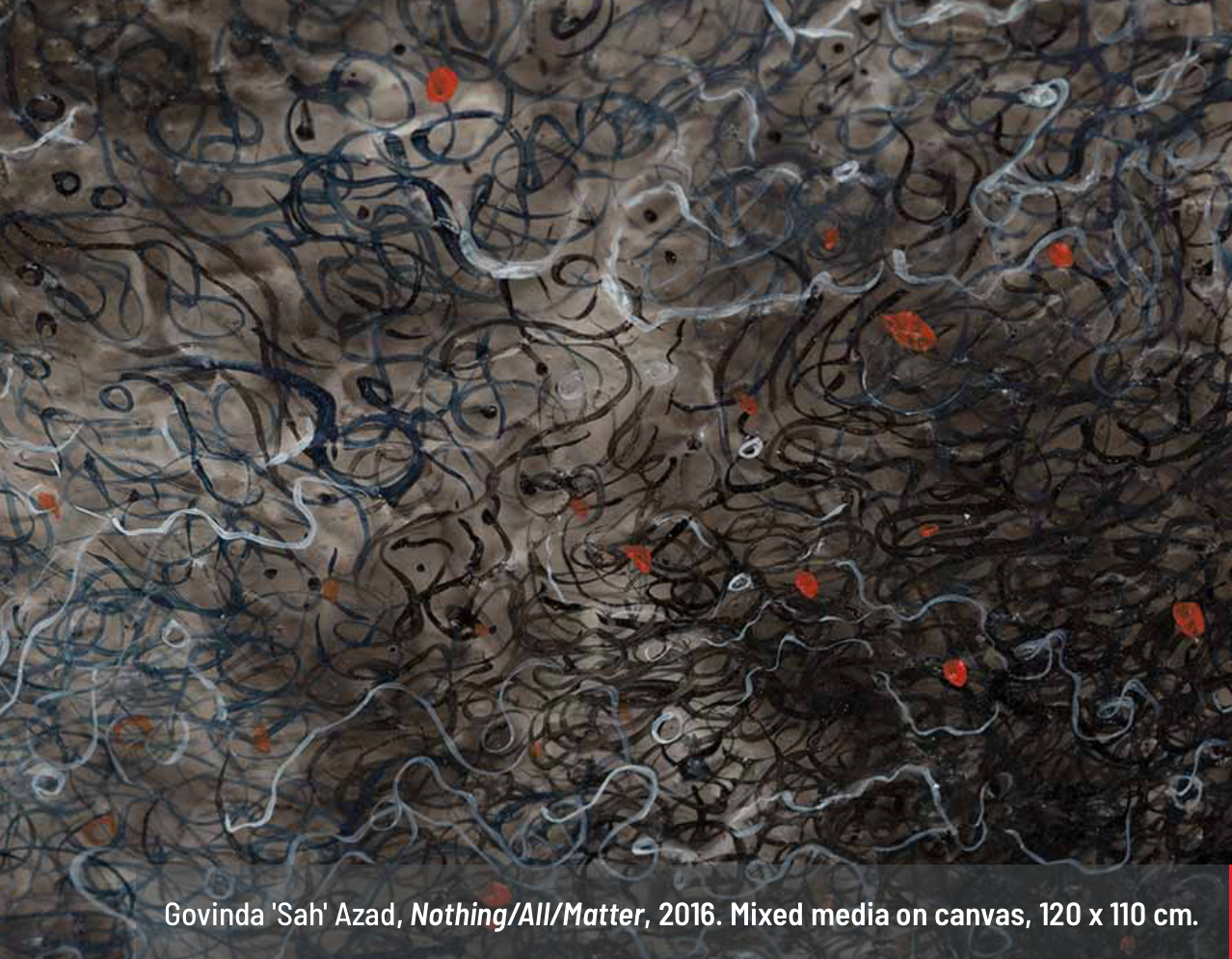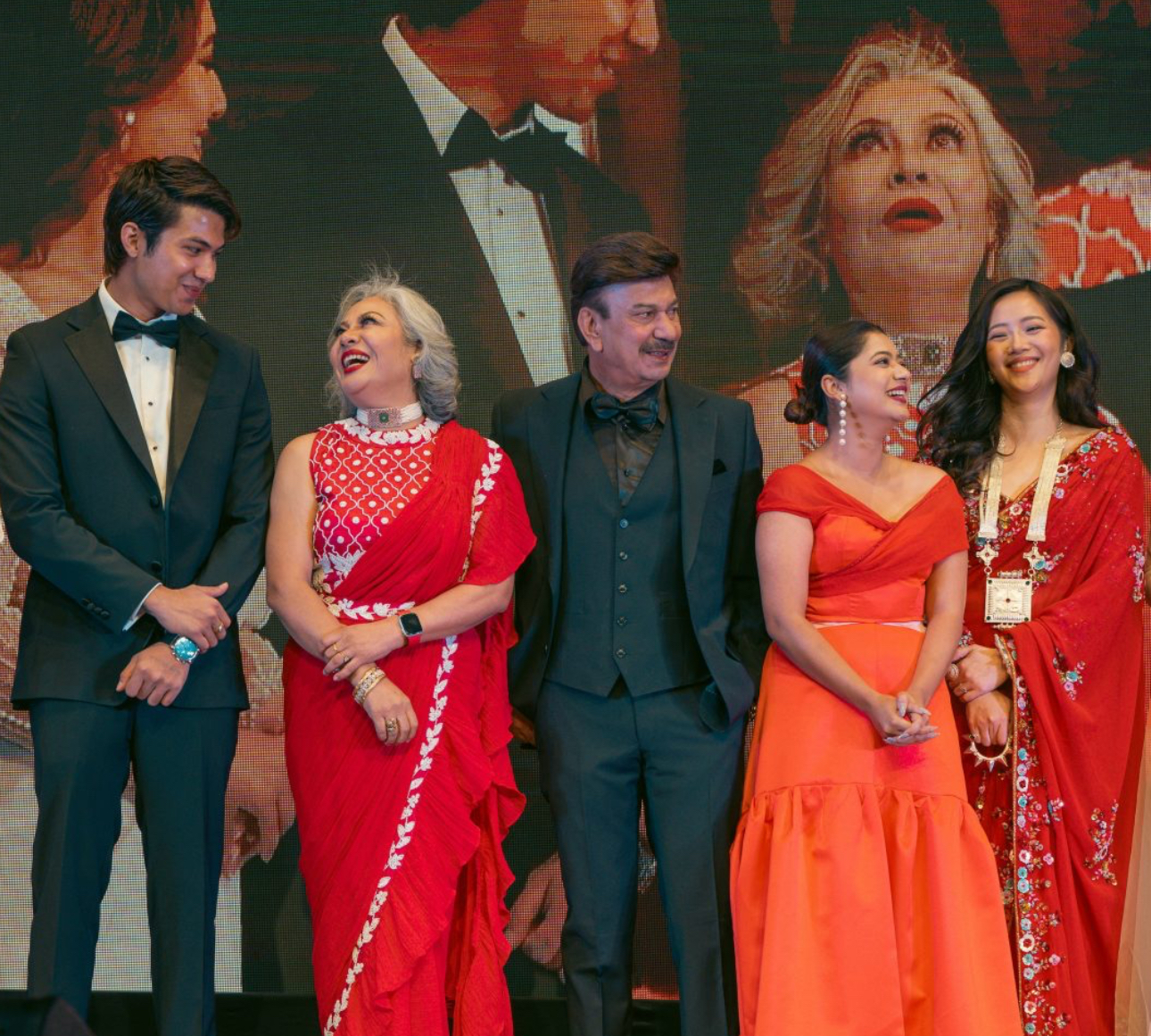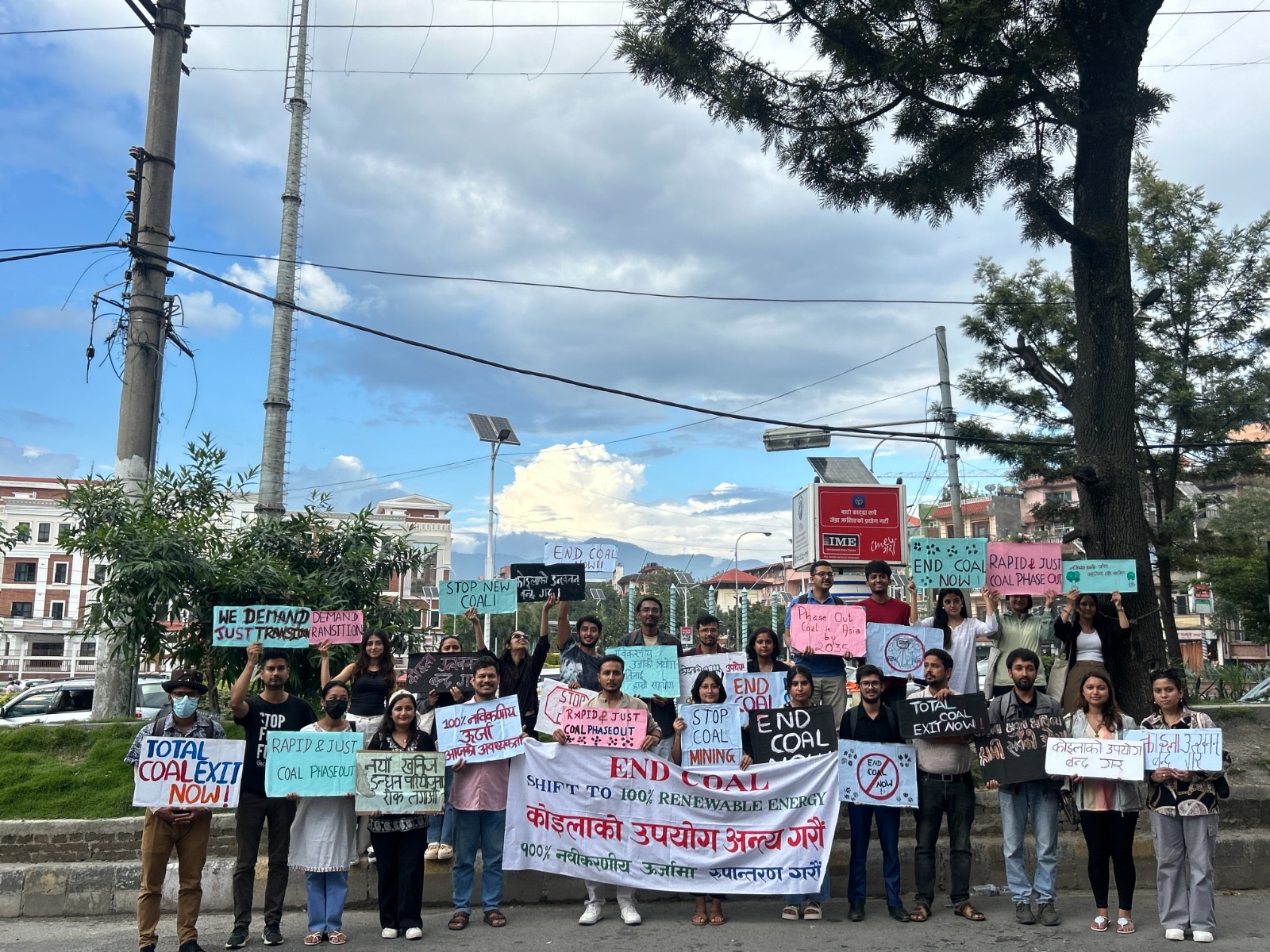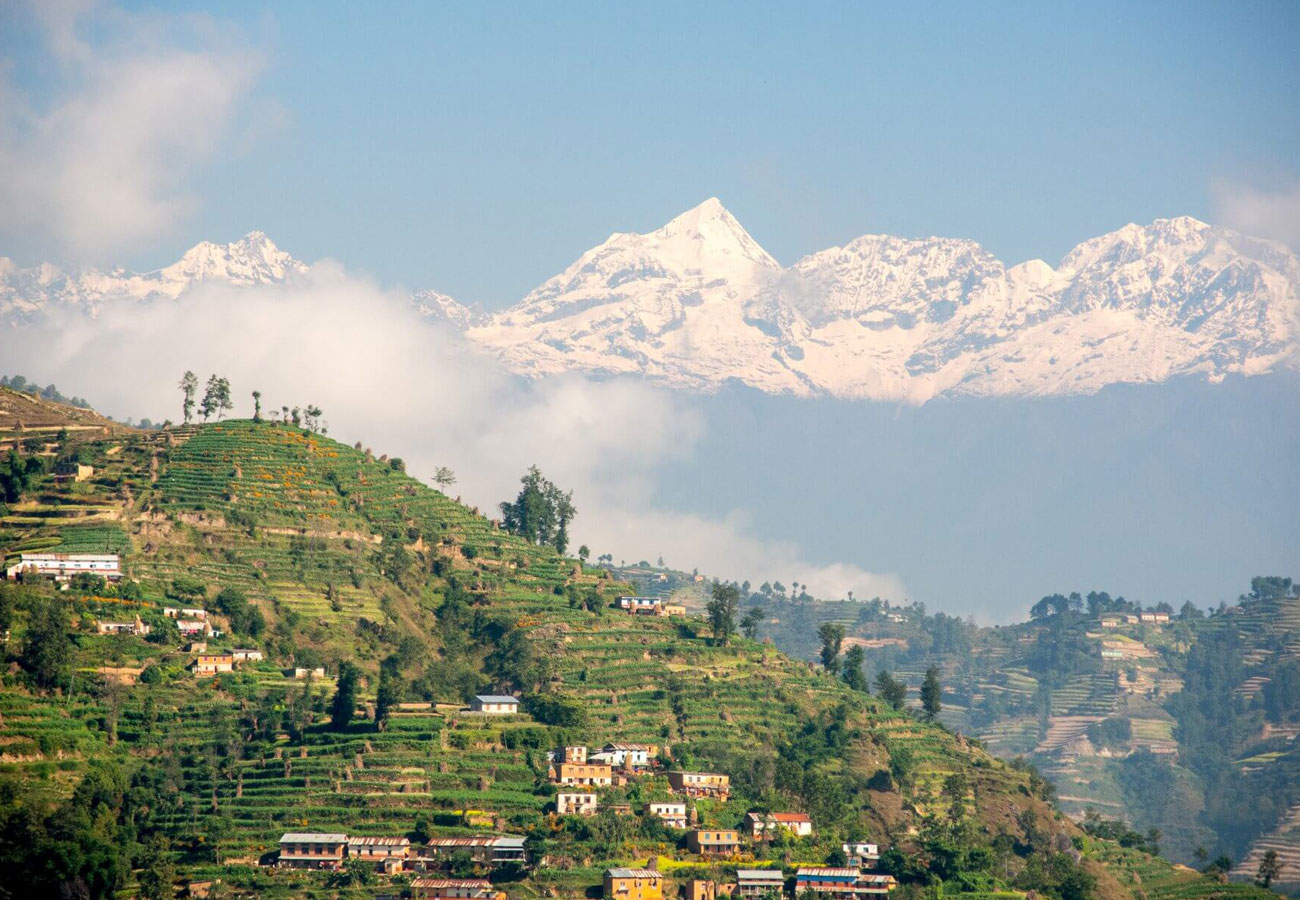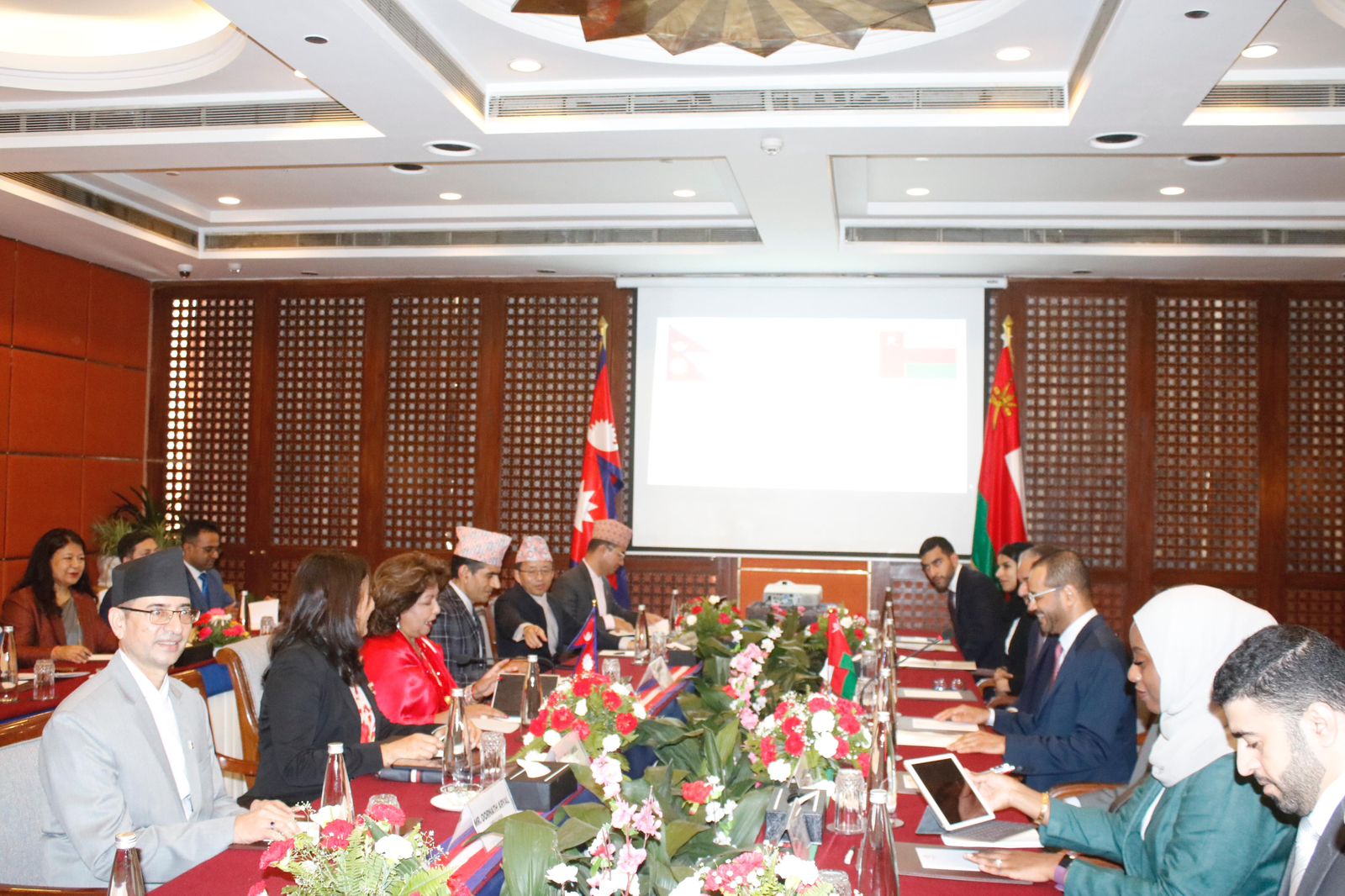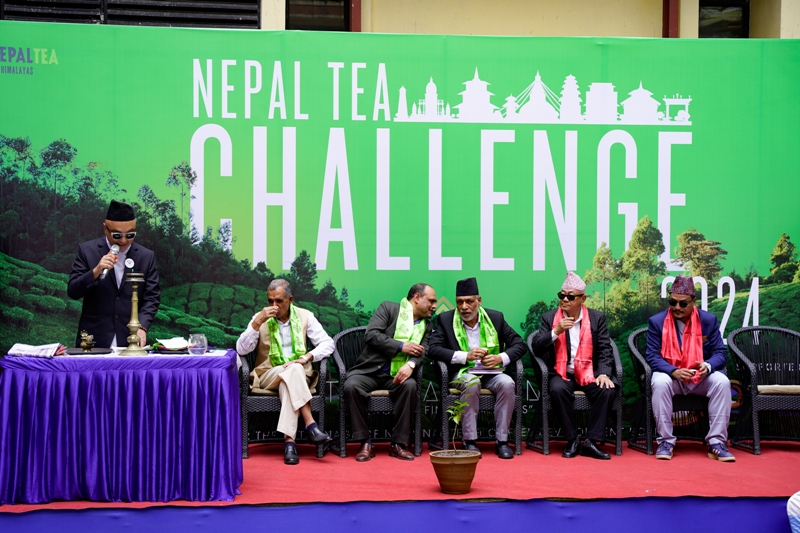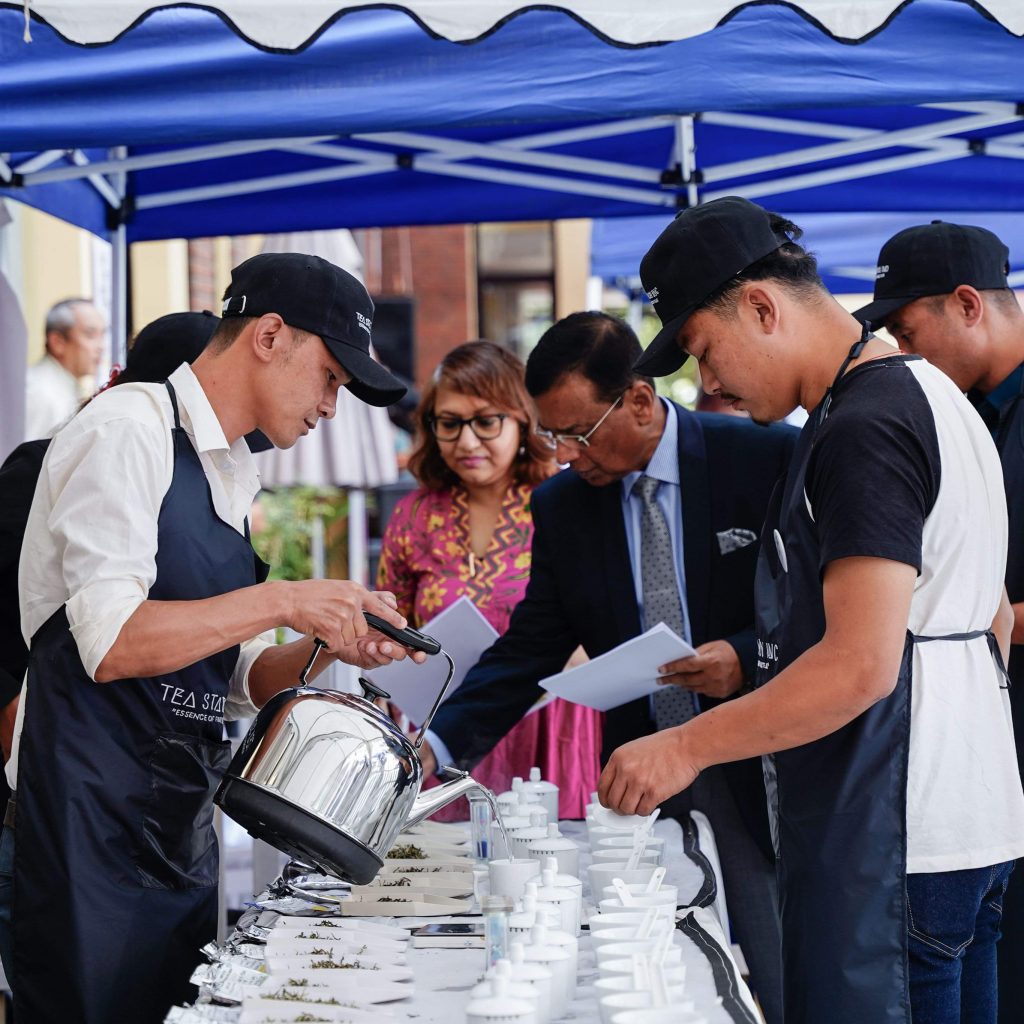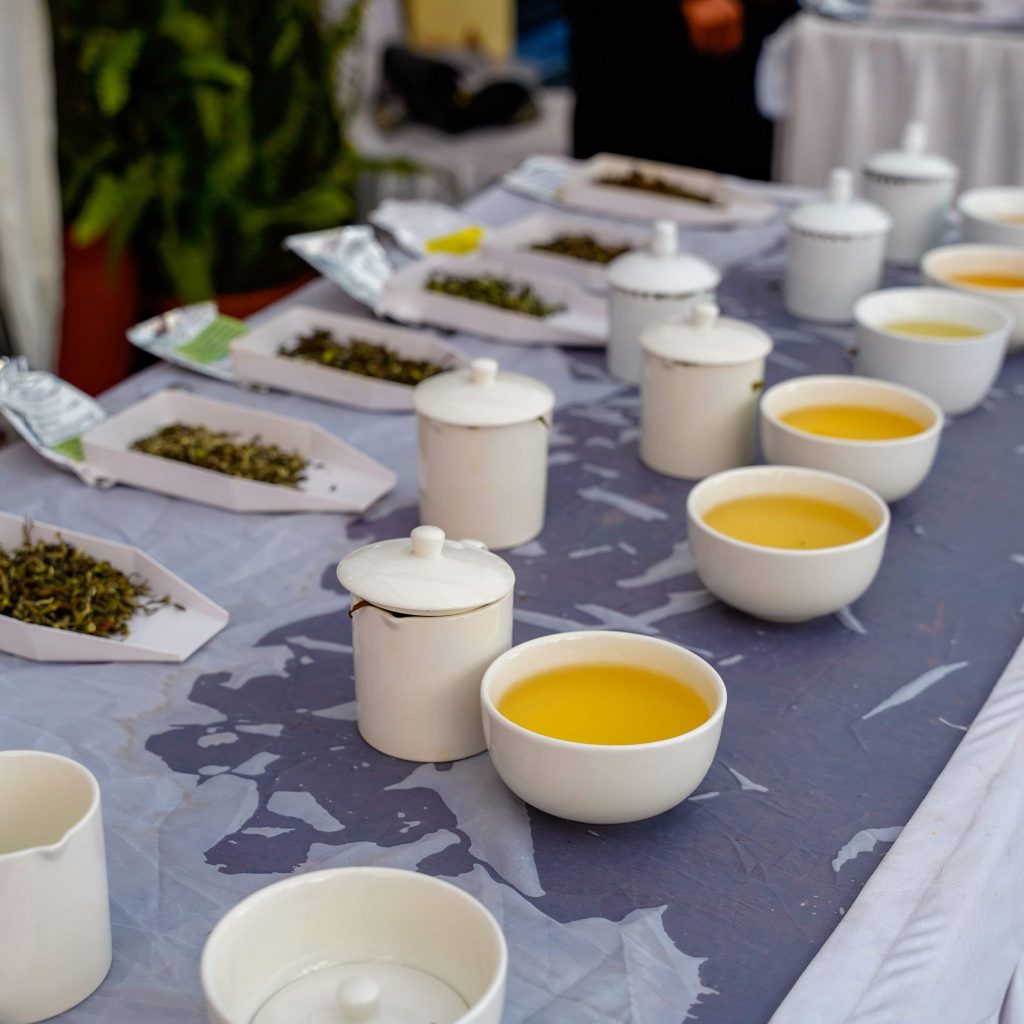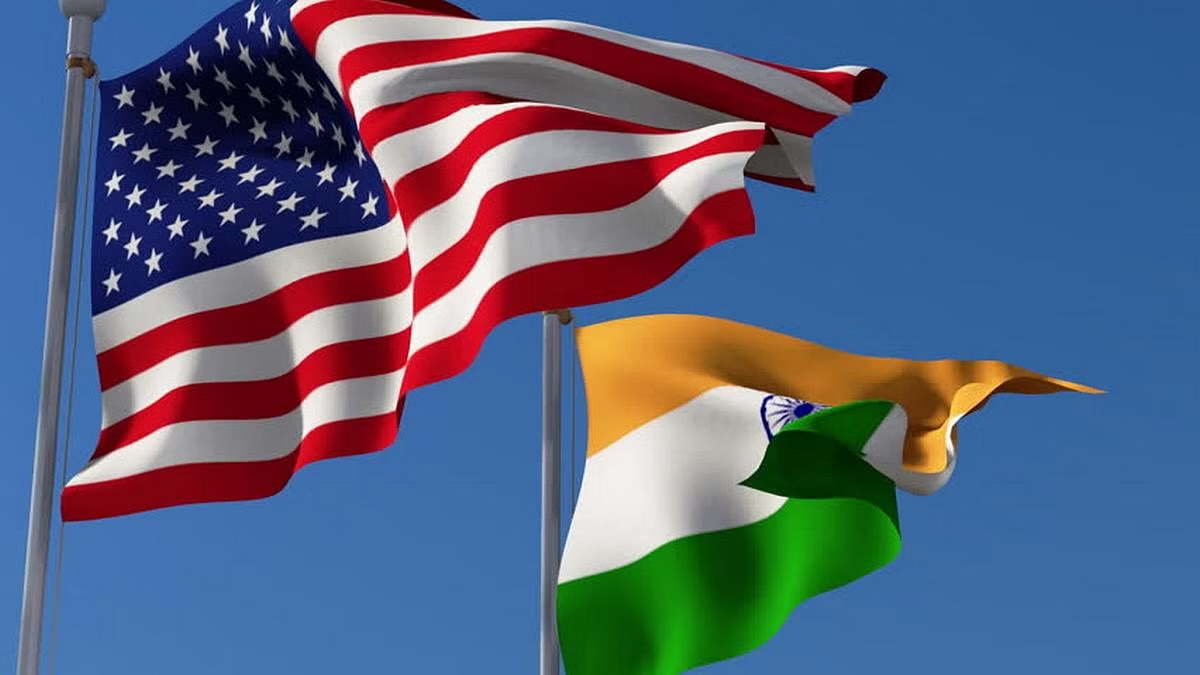London – Art works of a number of artists including Govinda Sah ‘Azad’ are being displayed at the October Gallery (www.octobergallery.co.uk).
Entitled Vital Force, the exhibition includes works by
El Anatsui, Kenji Yoshida, LR Vandy, Romuald Hazoumè, Golnaz Fathi, Jukhee Kwon, William S. Burroughs, Brion Gysin and Govinda Sah ‘Azad,’ amongst others.
Vital Force gives space for the innate energies of each unique artwork to manifest before bringing them together in a powerful drama of luminous interactive forms. While each work contributes its own distinctive notes to the ensemble, the orchestral effect of the totality builds to a higher climax resulting in a Gesamtkunstwerk, according to Elisabeth Lalouschek, Artistic Director of October Gallery. ‘When combining dramatically dissimilar art from diverse origins, unpredictably spectacular effects can occur, and one must be alert to catch those special moments of resonance that draw the works together,’ she added.
Highlights include Govinda Sah’s latest canvas comprising subtly interwoven layers of acrylic marks and traces. Effortlessly balancing traditional eastern metaphysical insights about the nature of reality with visual realisations that are in accord with the contemporary formulations of western science, Sah is fascinated by the universes within and beyond our earth-bound vision.
Kenji Yoshida’s magnificent large-scale work,La Vie (Life),1993, which employs an elliptical language of coloured forms rendered in gold and silver leaf. This extraordinary piece marries modernist abstraction with the delicate gilding techniques of Japanese tradition. Having narrowly survived the Second World War, Yoshida worked from his studio in Montparnasse, Paris, to create his instantly recognisable canvases, founded upon themes of ‘Life and Peace.’ One of the most distinguished artists of his generation, in 1993, Yoshida became the first living artist ever given a solo exhibition at the Japanese Galleries of the British Museum, London.
This large-scale panelled piece is being juxtaposed with a shimmering wall-hanging by El Anatsui. El Anatsui is best known for his mesmerising metallic installations, composed of thousands of individual pieces fastened together with copper wire. Anatsui was elected for the Hyundai Commission at Tate Modern’s Turbine Hall, 2023 – 2024, where he presented the highly acclaimed, monumental installation, Behind the Red Moon.
Romuald Hazoumè is being represented by one of his signature masks. These provocative works, assembled from found and repurposed objects, operate as impromptu portraits of
individuals, highlighting the artist’s astute social commentary and witty sense of humour. Rossy reveals the intense poise and dramatic flair of an 80s actress about to take centre stage crowned in a brilliantly plumed headdress.
Taken from her Hulls series, LR Vandy’sResistance is an impressive large-scale wooden work that incorporates manilla rope tied into knots set delicately into its frame. These knots evoke the clenched fist, a symbolic nod to the Black power salute, the feminist movement of the 80s and the braided African hairstyle of Bantu Knots.
Iranian artist Golnaz Fathi’s bold gestural work, When the rain comes, we can be thankful, 2021, and Jukhee Kwon’s intricate sculptures out of unused and abandoned books are also on display.
Nierica – Caressed By Fire, a vibrant work by Elisabeth Lalouschek painted in Puerto Vallarta, Mexico, is also on display. Lost to sight for thirty years, the painting will be shown for the first time since 1990. Finally, ink and spray paint works by artist and author, William S. Burroughs, are exhibited in conversation with longtime collaborator and fellow artist Brion Gysin’s work De la Cité des Arts.
The exhibition will continue until 28th of September, the Gallery said.
Art works of a Nepali artist being showcased in London
London – Art works of a number of artists including Govinda Sah ‘Azad’ are being displayed at the October Gallery (www.octobergallery.co.uk).
Entitled Vital Force, the exhibition includes works by
El Anatsui, Kenji Yoshida, LR Vandy, Romuald Hazoumè, Golnaz Fathi, Jukhee Kwon, William S. Burroughs, Brion Gysin and Govinda Sah ‘Azad,’ amongst others.
Vital Force gives space for the innate energies of each unique artwork to manifest before bringing them together in a powerful drama of luminous interactive forms. While each work contributes its own distinctive notes to the ensemble, the orchestral effect of the totality builds to a higher climax resulting in a Gesamtkunstwerk, according to Elisabeth Lalouschek, Artistic Director of October Gallery. ‘When combining dramatically dissimilar art from diverse origins, unpredictably spectacular effects can occur, and one must be alert to catch those special moments of resonance that draw the works together,’ she added.
Highlights include Govinda Sah’s latest canvas comprising subtly interwoven layers of acrylic marks and traces. Effortlessly balancing traditional eastern metaphysical insights about the nature of reality with visual realisations that are in accord with the contemporary formulations of western science, Sah is fascinated by the universes within and beyond our earth-bound vision.
Kenji Yoshida’s magnificent large-scale work,La Vie (Life),1993, which employs an elliptical language of coloured forms rendered in gold and silver leaf. This extraordinary piece marries modernist abstraction with the delicate gilding techniques of Japanese tradition. Having narrowly survived the Second World War, Yoshida worked from his studio in Montparnasse, Paris, to create his instantly recognisable canvases, founded upon themes of ‘Life and Peace.’ One of the most distinguished artists of his generation, in 1993, Yoshida became the first living artist ever given a solo exhibition at the Japanese Galleries of the British Museum, London.
This large-scale panelled piece is being juxtaposed with a shimmering wall-hanging by El Anatsui. El Anatsui is best known for his mesmerising metallic installations, composed of thousands of individual pieces fastened together with copper wire. Anatsui was elected for the Hyundai Commission at Tate Modern’s Turbine Hall, 2023 – 2024, where he presented the highly acclaimed, monumental installation, Behind the Red Moon.
Romuald Hazoumè is being represented by one of his signature masks. These provocative works, assembled from found and repurposed objects, operate as impromptu portraits of
individuals, highlighting the artist’s astute social commentary and witty sense of humour. Rossy reveals the intense poise and dramatic flair of an 80s actress about to take centre stage crowned in a brilliantly plumed headdress.
Taken from her Hulls series, LR Vandy’sResistance is an impressive large-scale wooden work that incorporates manilla rope tied into knots set delicately into its frame. These knots evoke the clenched fist, a symbolic nod to the Black power salute, the feminist movement of the 80s and the braided African hairstyle of Bantu Knots.
Iranian artist Golnaz Fathi’s bold gestural work, When the rain comes, we can be thankful, 2021, and Jukhee Kwon’s intricate sculptures out of unused and abandoned books are also on display.
Nierica – Caressed By Fire, a vibrant work by Elisabeth Lalouschek painted in Puerto Vallarta, Mexico, is also on display. Lost to sight for thirty years, the painting will be shown for the first time since 1990. Finally, ink and spray paint works by artist and author, William S. Burroughs, are exhibited in conversation with longtime collaborator and fellow artist Brion Gysin’s work De la Cité des Arts.
The exhibition will continue until 28th of September, the Gallery said.




